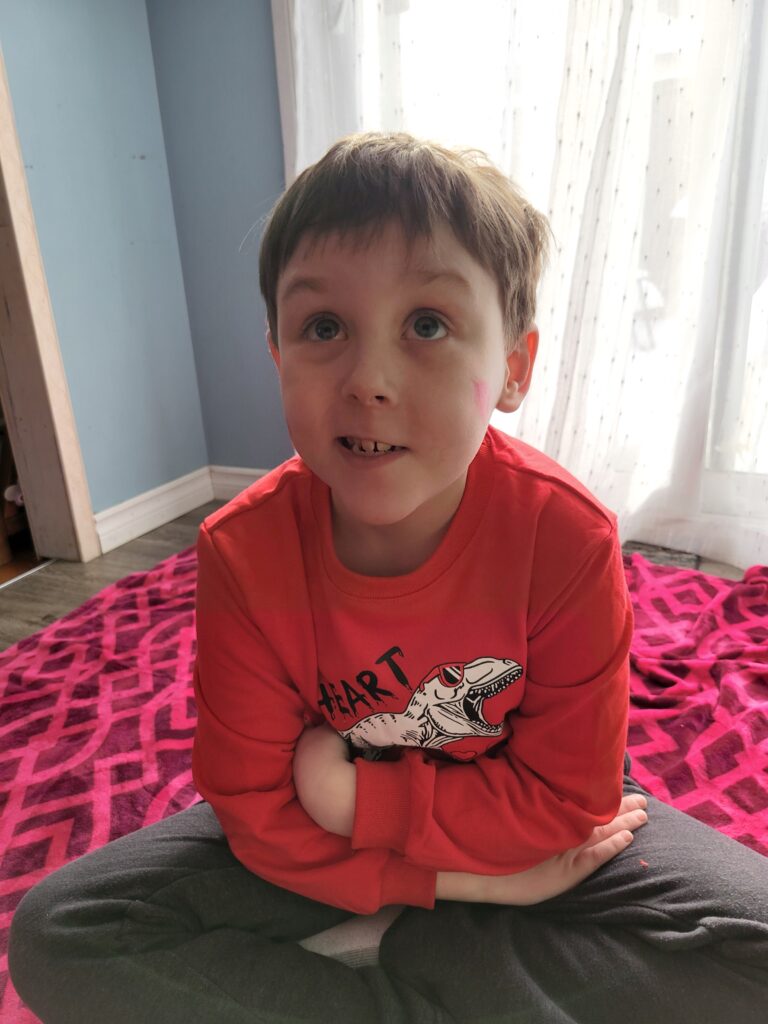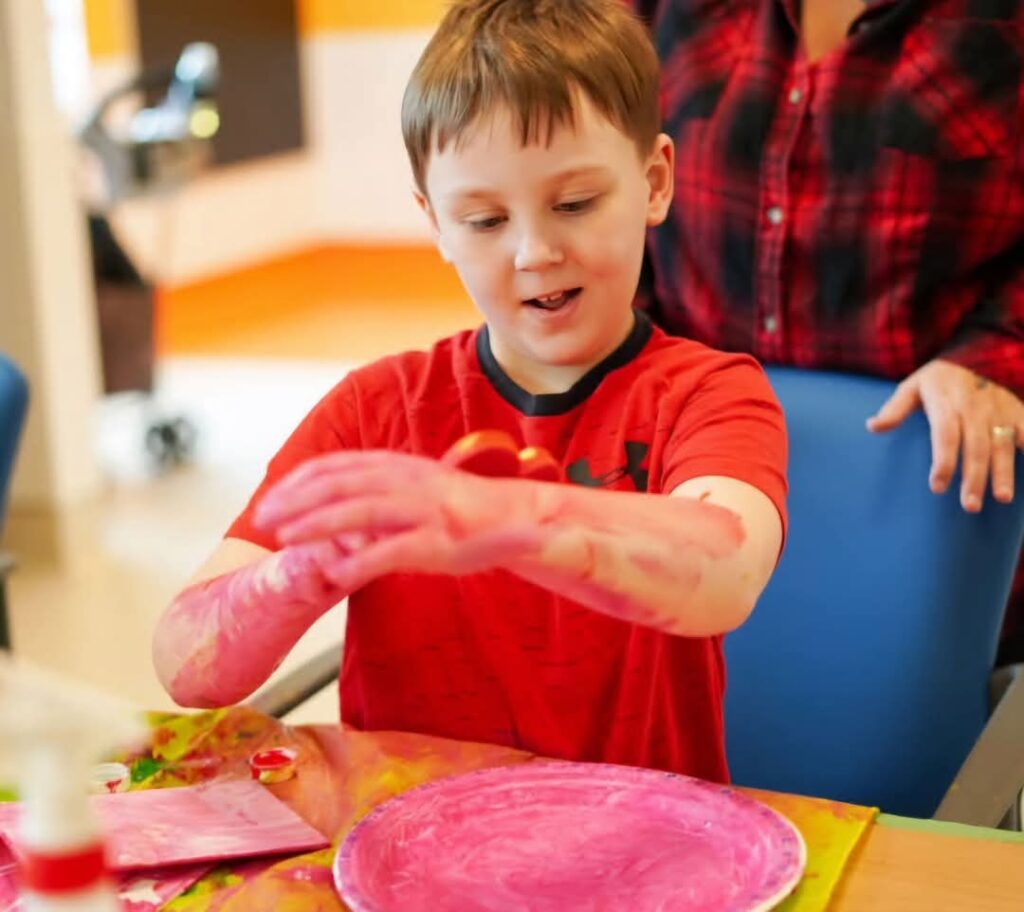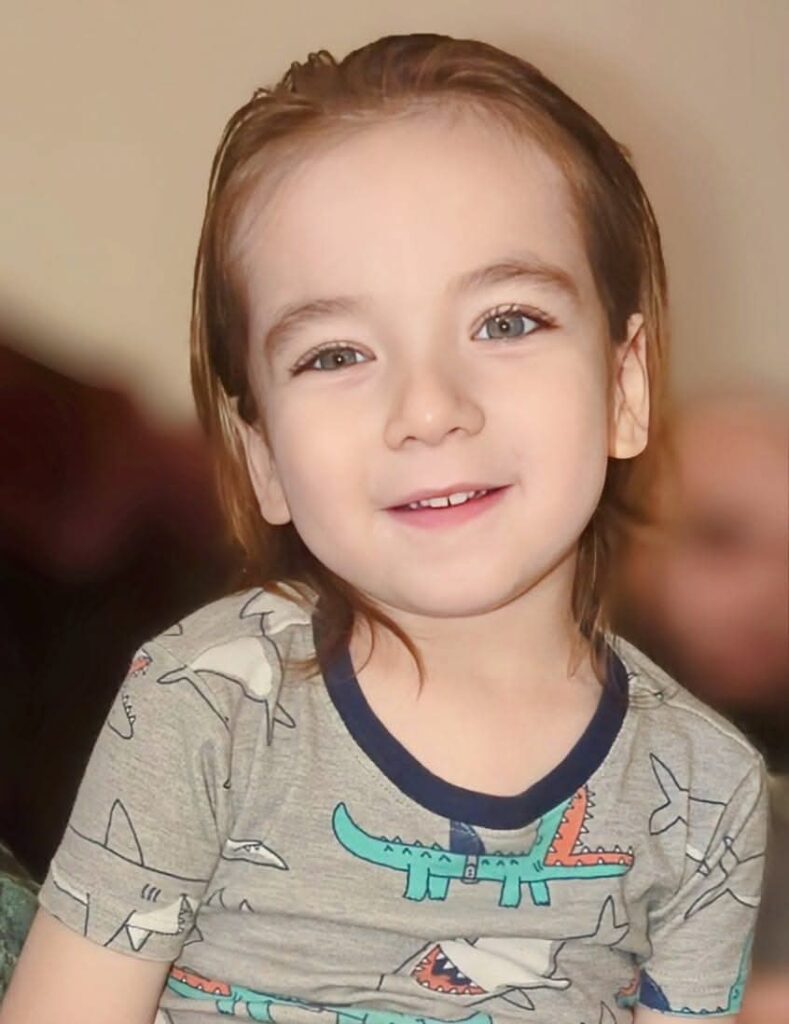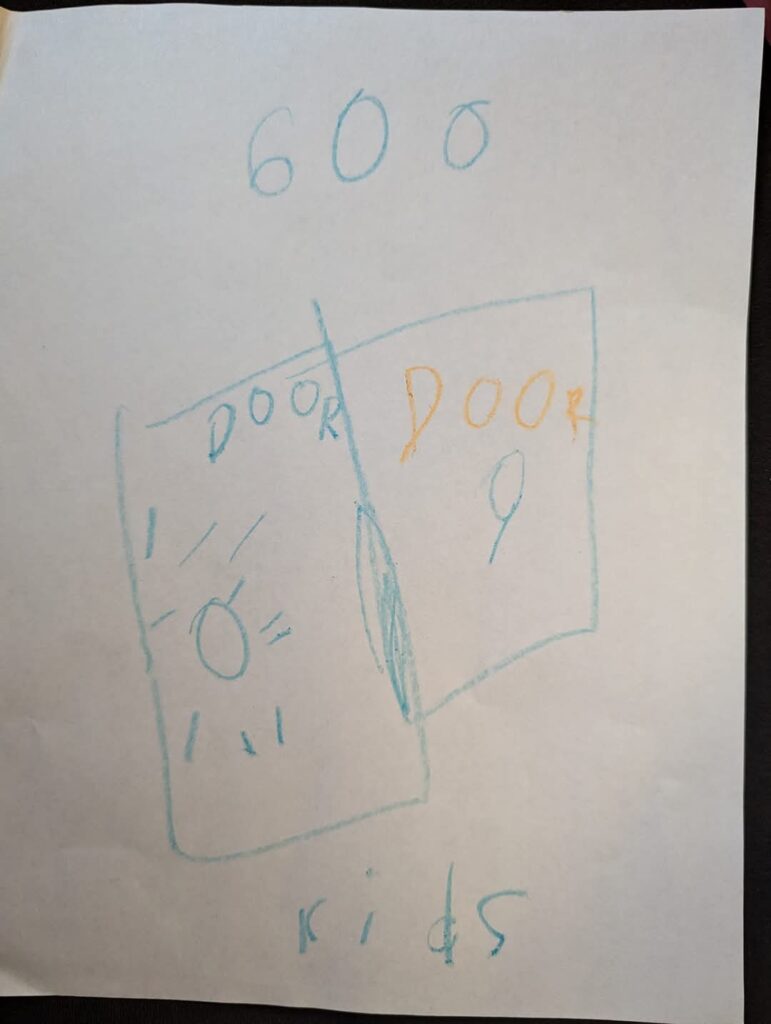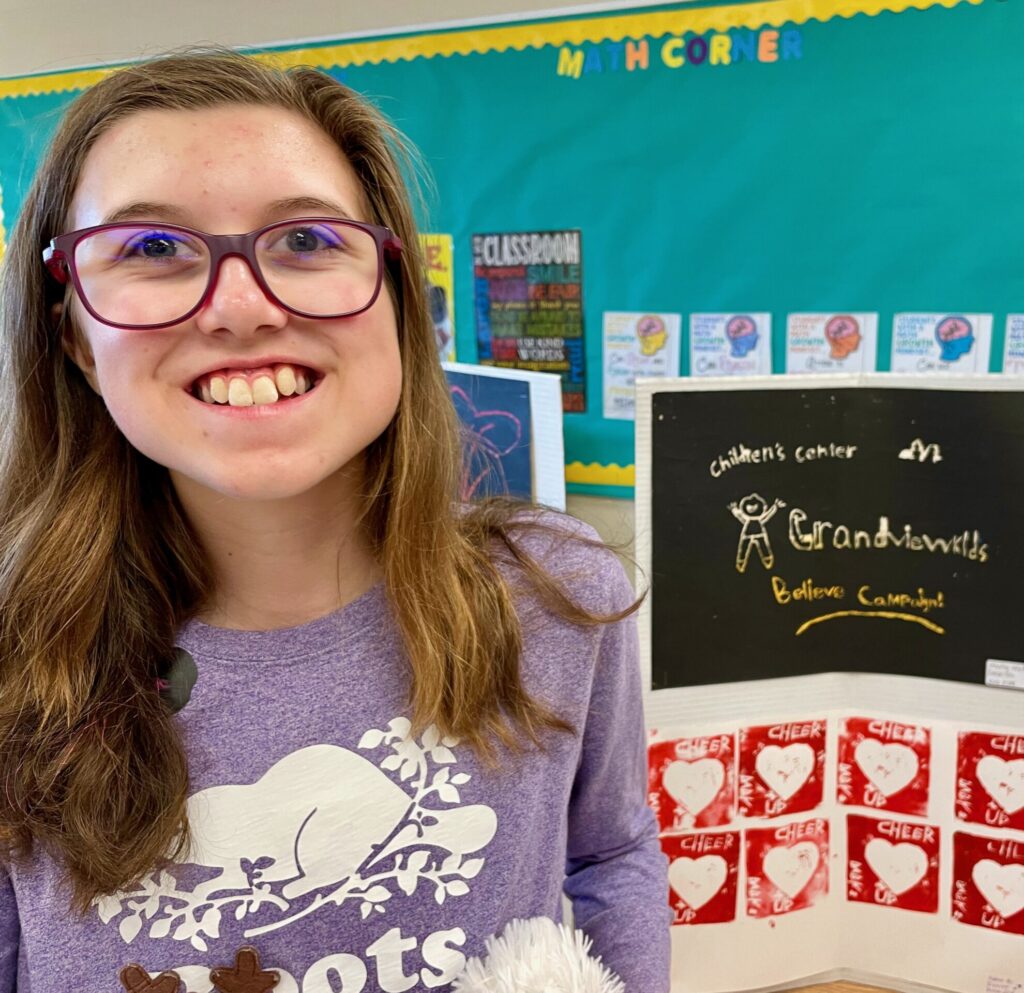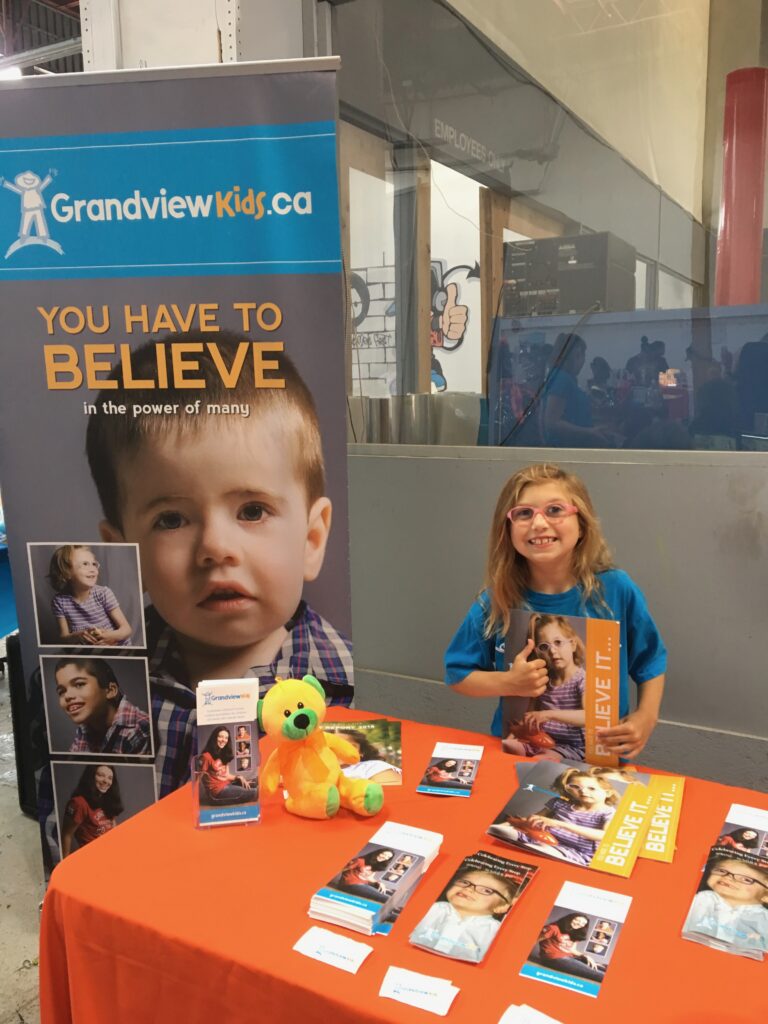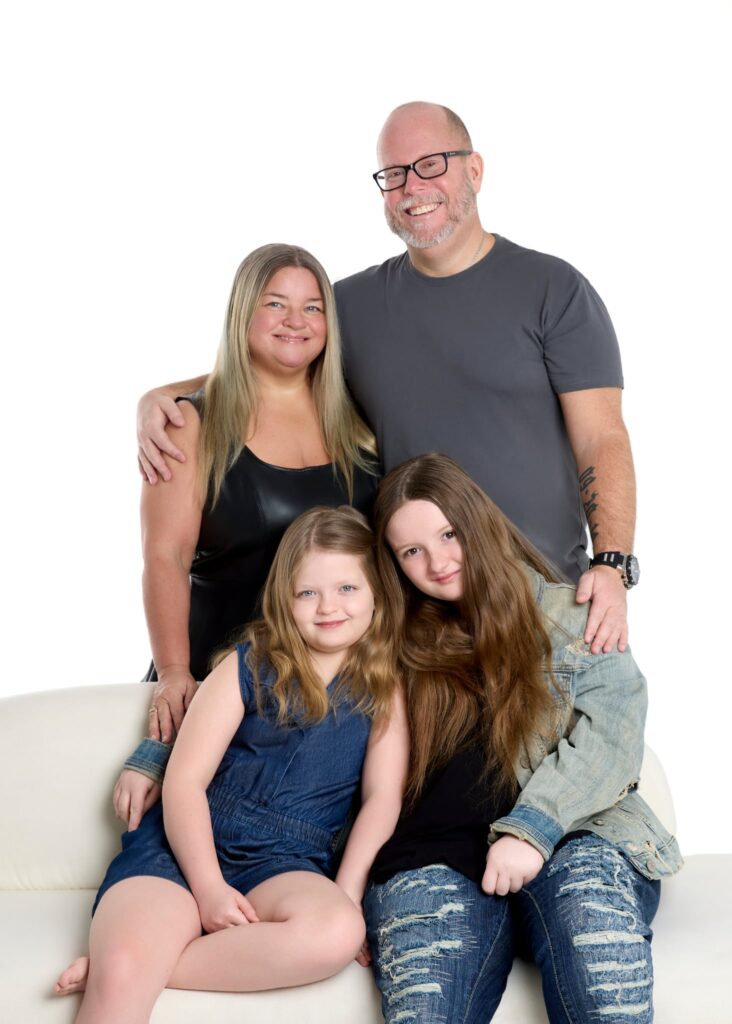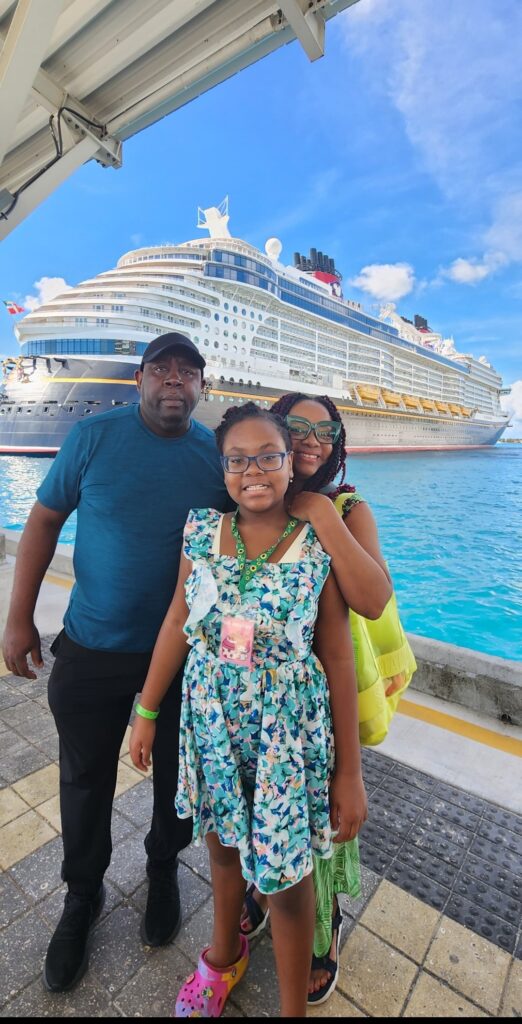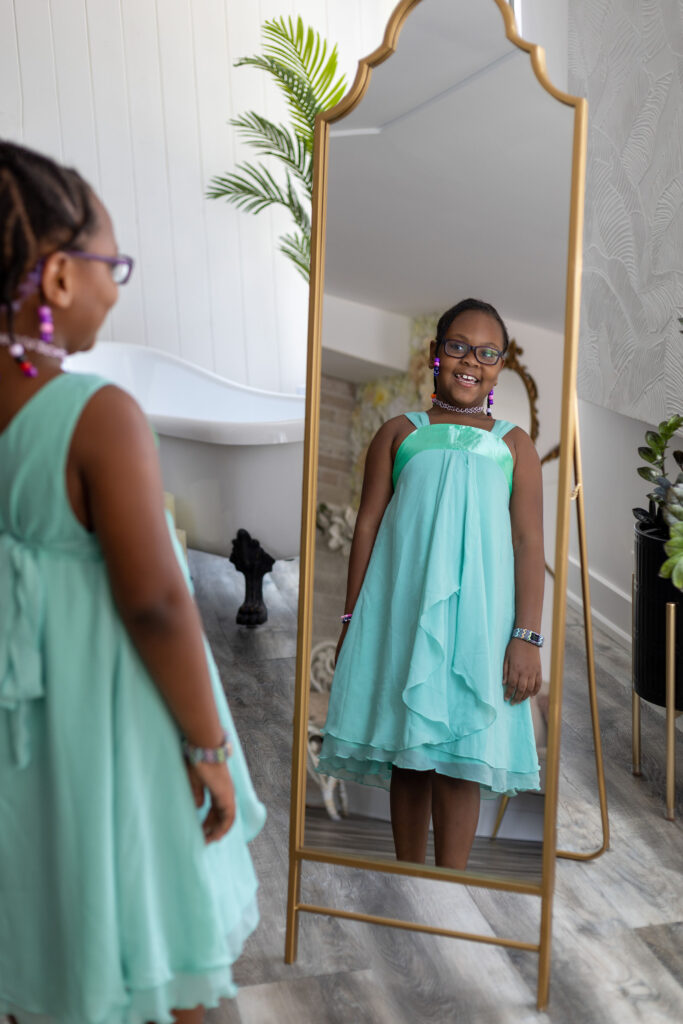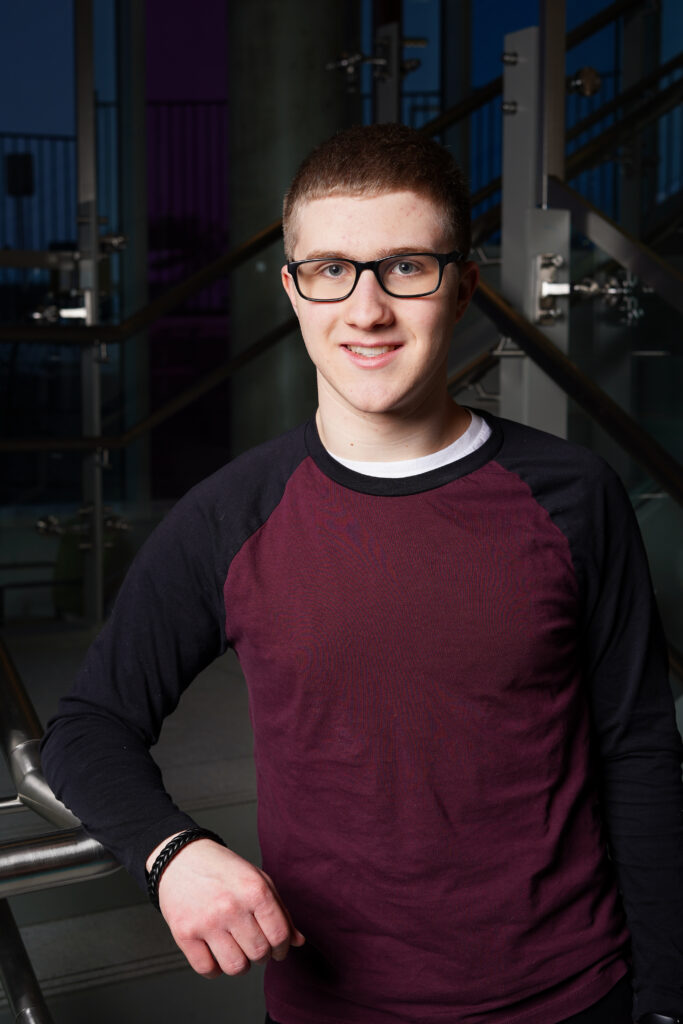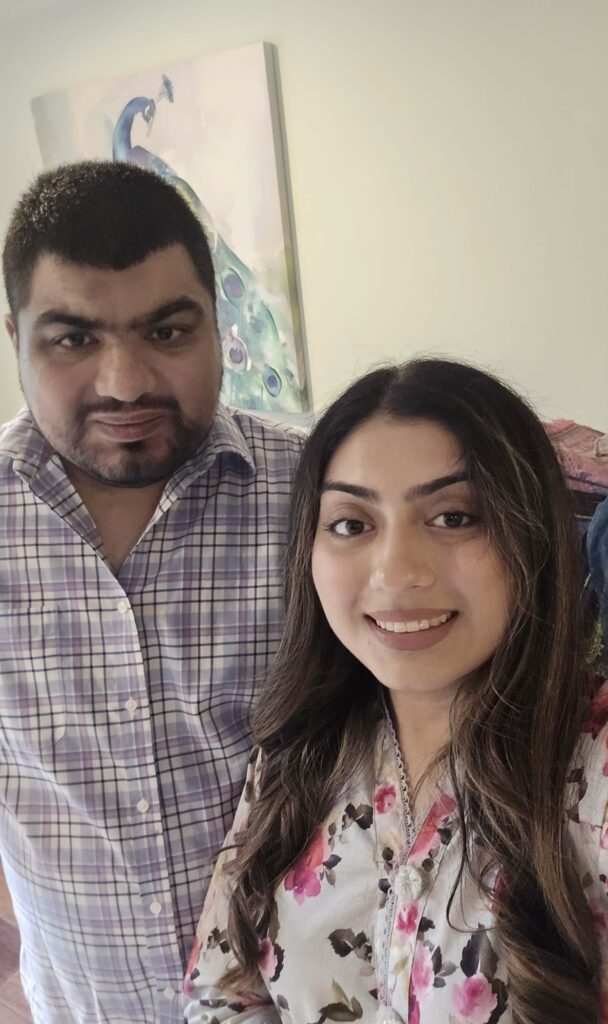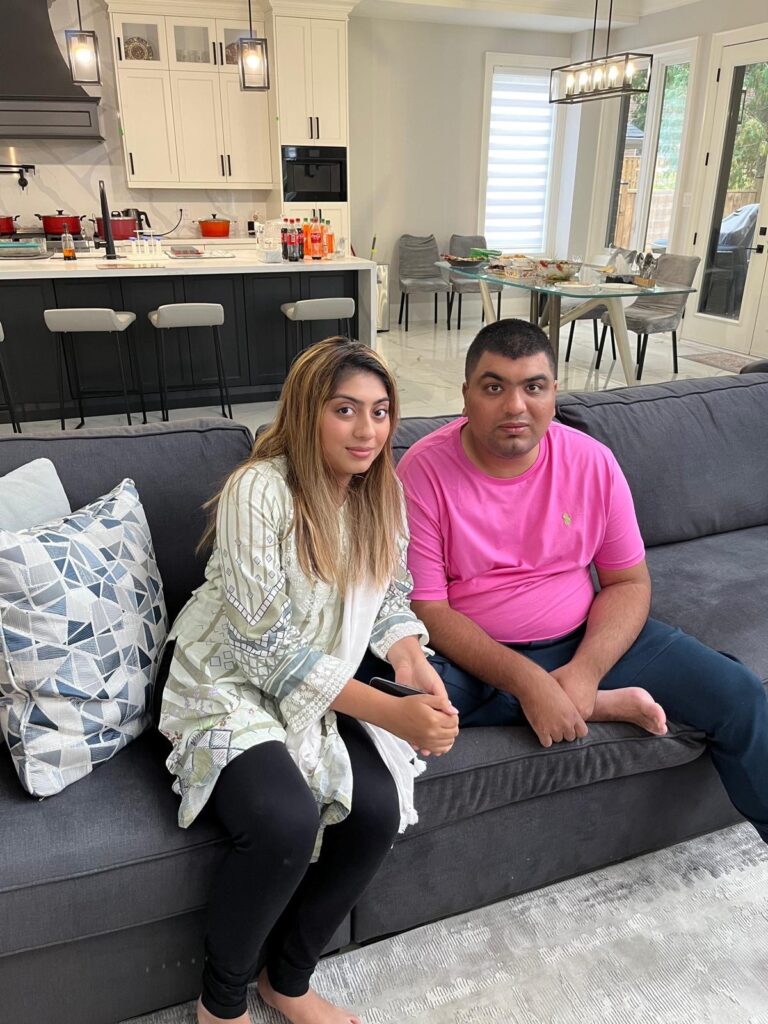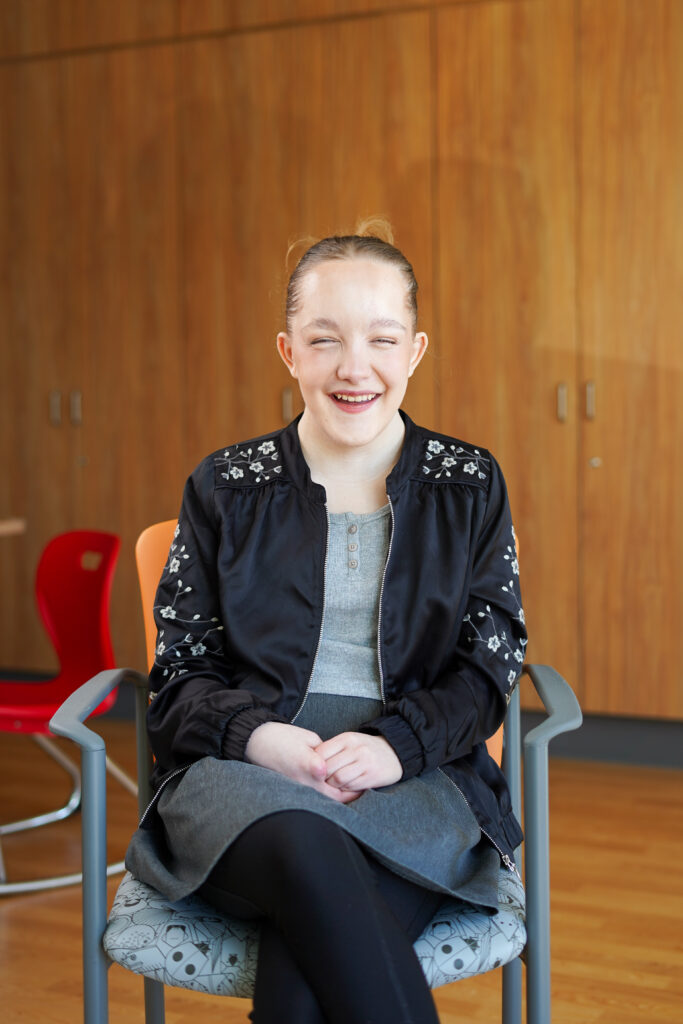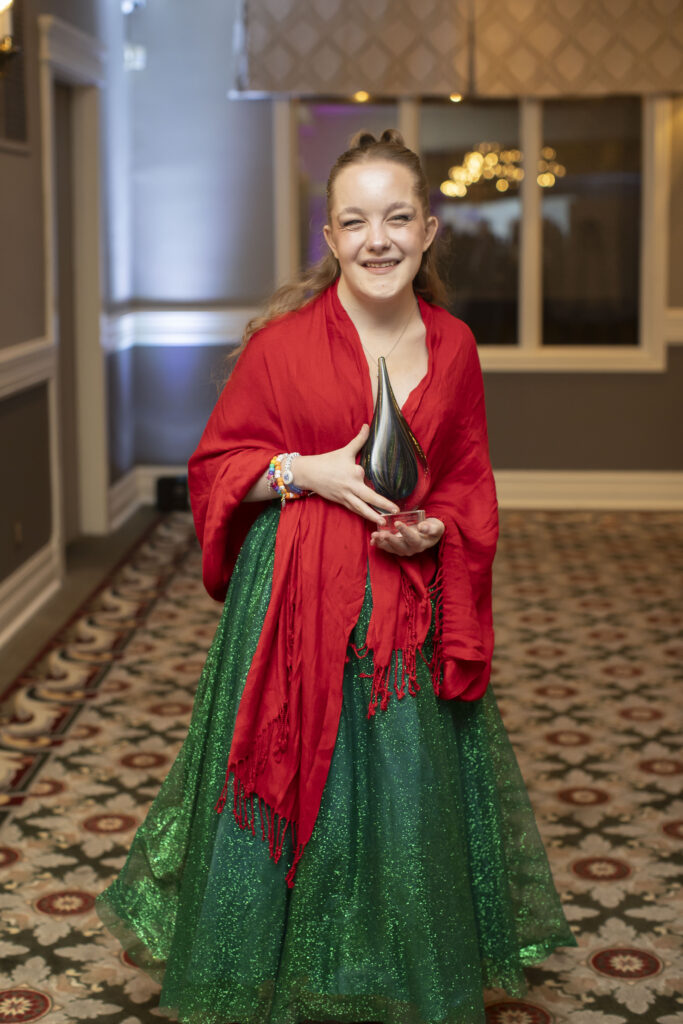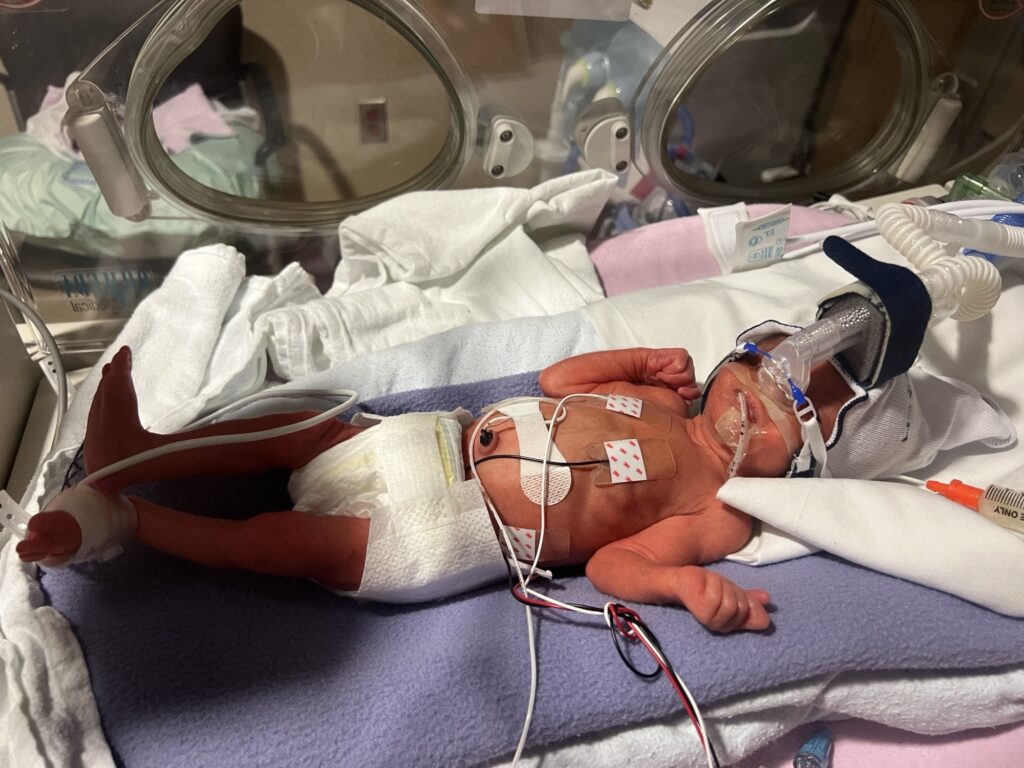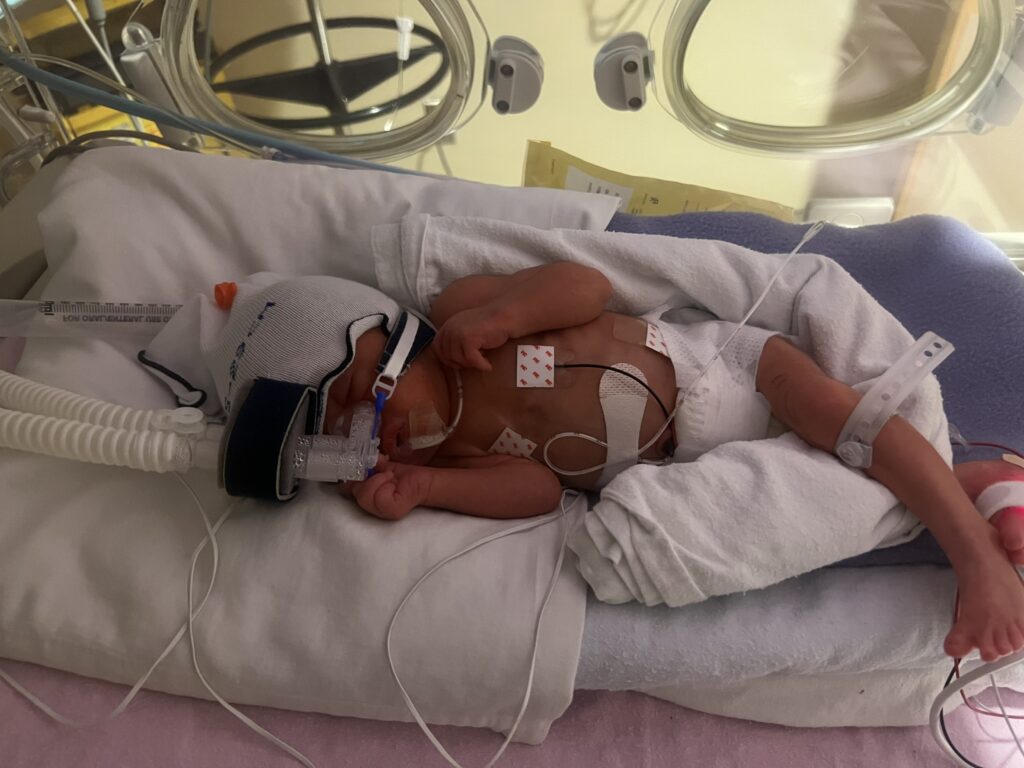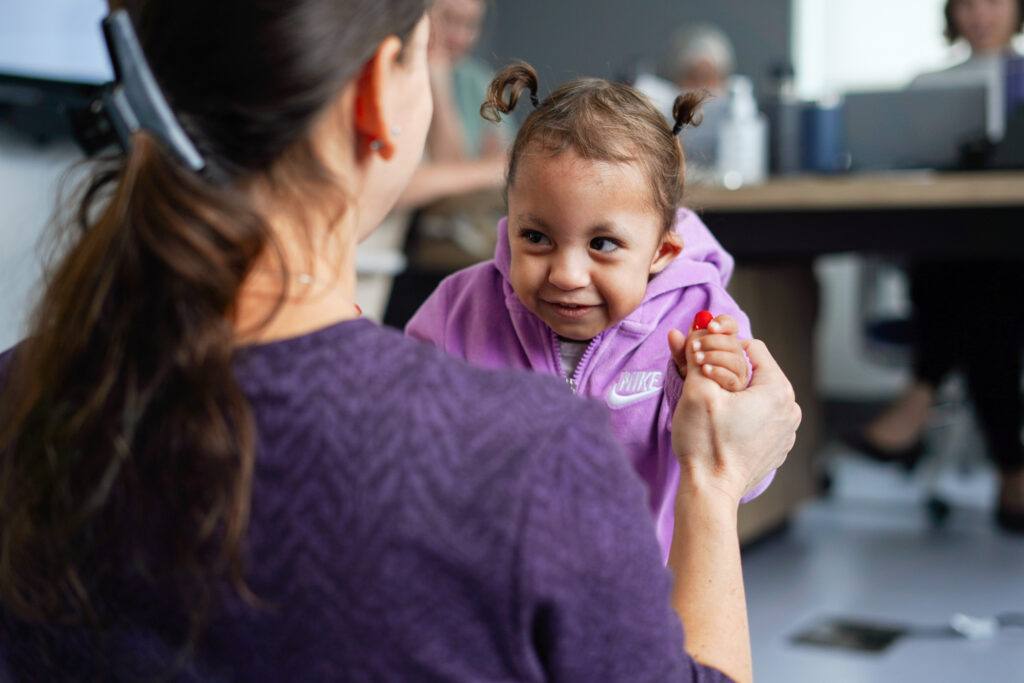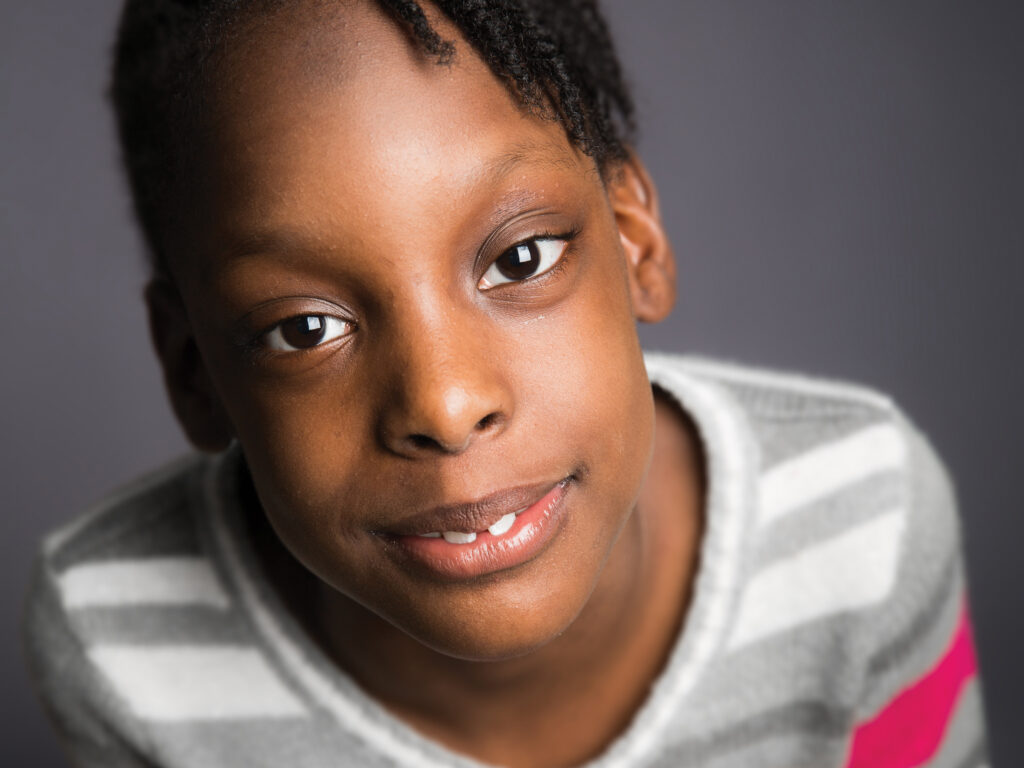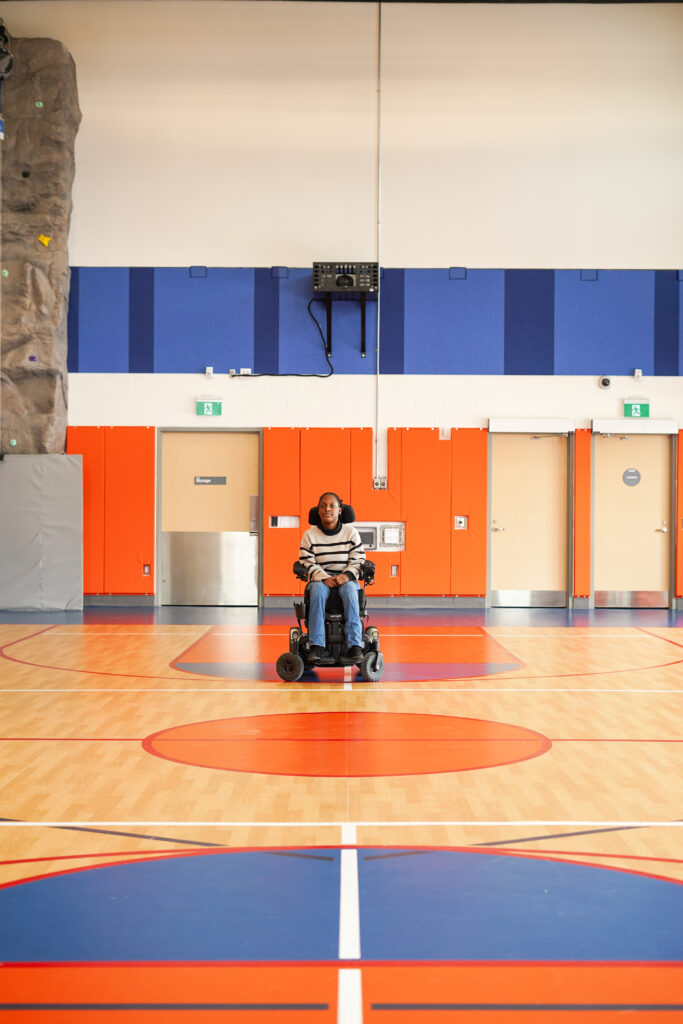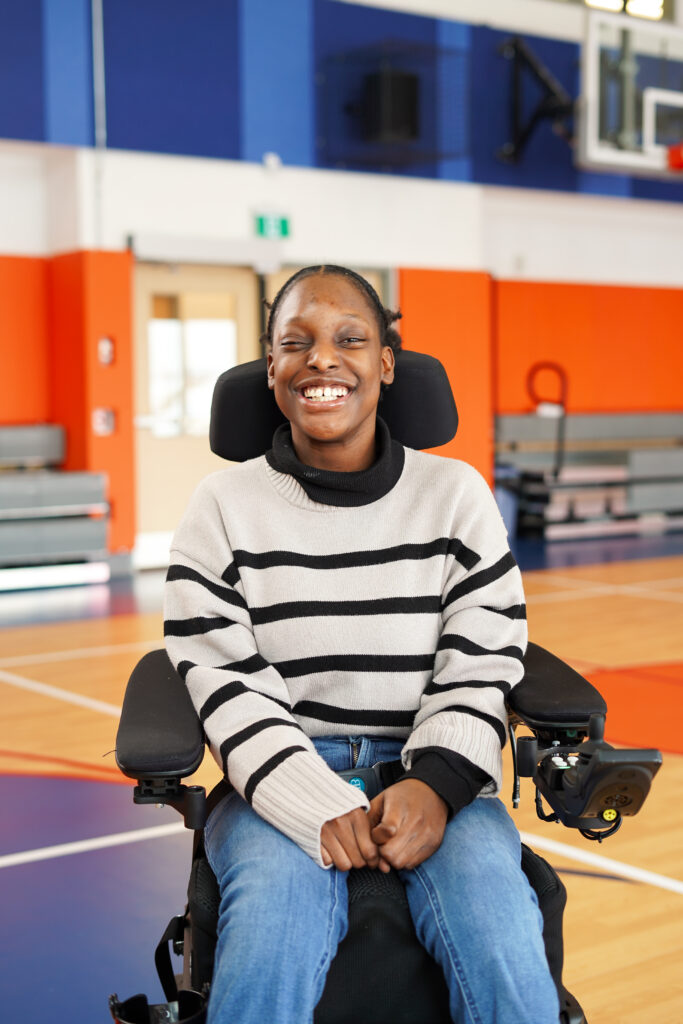The Complex Care Program celebrates its fourth anniversary of providing care to more than 75 children and youth with complex medical needs living in the Durham Region since its launch in May 2021. This clinic is specifically tailored for children and youth with significant health complexities that often require frequent hospitalizations, involve multiple healthcare specialists and need extensive medical care. Many children and youth who access this program depend on technological support for essential daily functions like mobility, feeding and breathing. In partnership with SickKids Hospital, Lakeridge Health and the Ontario Health at Home Central East, the clinic’s goal is to deliver coordinated care closer to home.
Grandview Kids’ Complex Care (CC) Program serves children of diverse medical complexities, demographics and ages. 18-year-old Rhys is a recent CC graduate. He was born prematurely at 29 weeks gestation age and has several diagnoses, including Cerebral Palsy (CP), chronic lung disease, severe scoliosis and kyphosis, a tracheotomy (trach) and gastrostomy tube (G-Tube), is non-verbal and uses a wheelchair. He is completely dependent on nursing and parental care, requiring round-the-clock total support. Despite his struggles, Rhys is described as a consistently happy and excitable teen who loves to laugh, listen to music and watch action shows. His mom, Becky, shares how participating in the CC Program transformed their journey of fear and isolation into a story of belonging, connection and celebration.
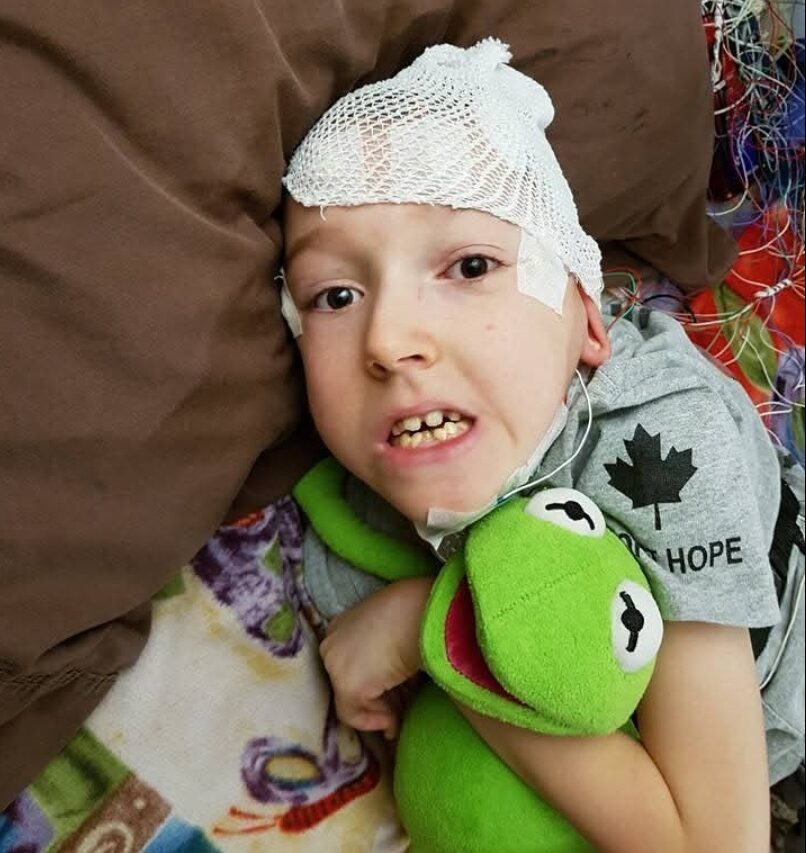
Rhys’ journey began differently from most preemies with a good Apgar score (a system doctors and nurses use to assess newborns after birth). His lungs, however, became easily fatigued, and every attempt to extubate him would result in him coding (a situation where a patient experiences a critical medical emergency, pertaining to cardiac arrest or respiratory failure) because his throat would close, causing further brain damage. He remained in the hospital for the first nine months of his life and was later diagnosed with CP when he was 1.5 years old.
Hopeful of the promises of early intervention, Becky did everything she could for Rhys in those early years, as she did not work to be able to take him to ability camps and optimize the abilities he had. Regrettably, Rhys lost many of his skills over the years due to resuscitation events, which happened every time his trach was removed. He could no longer swallow food, make verbal noises or use sign language. It was a terrifying time for both Becky and Rhys, whose awareness of these incidents increased over time. Thankfully, Rhys was able to undergo airway reconstruction in 2020, so accidental trach removal is less scary since he will not code. He knows he will be able to breathe again because he is on a ventilator.
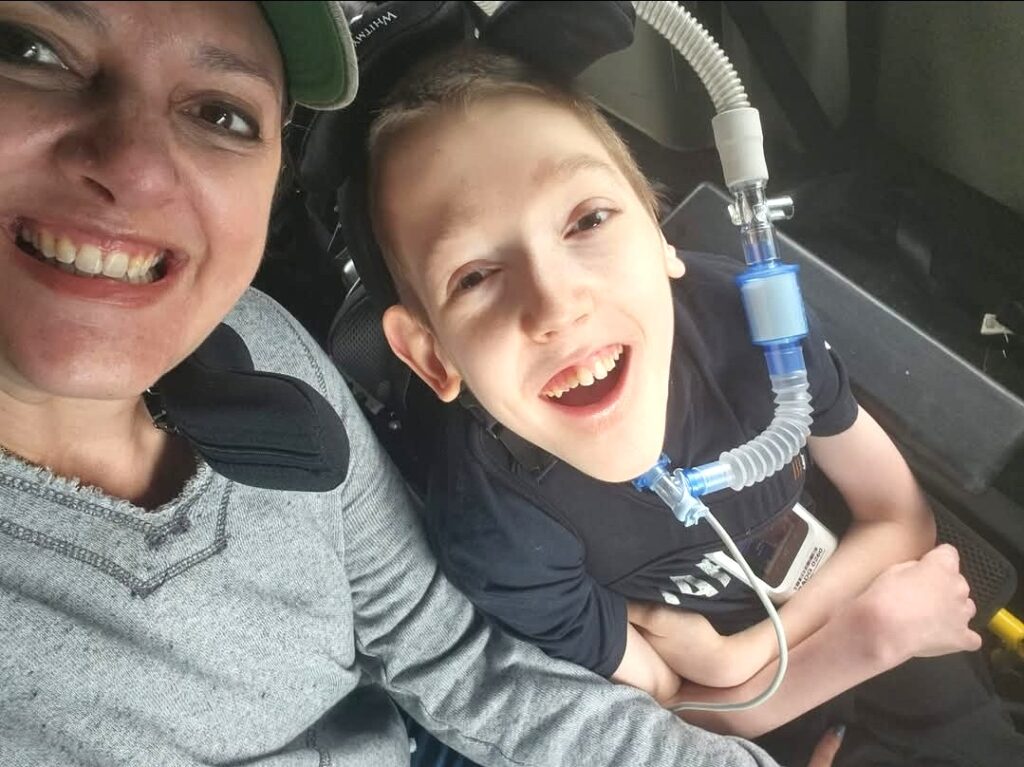
Over the years, more disciplines at SickKids Hospital needed to be part of Rhys’ medical care. Sometimes the care plan did not always connect, leaving Rhys’ parents confused, especially in the beginning, as no one could provide a solid diagnosis or prognosis. The appointments were inconsistent, not on the same days and required careful full-day planning as Rhys’ family would always need a second trained caregiver to assist with transfers and travel from Bowmanville to downtown Toronto. These frequent hospital visits were also a financial burden as expenses accumulated through parking, gas and purchasing food.
Joining the Grandview Kids’ CC Program three years ago, “Changed his life and made an enormous impact,” Becky says gratefully. Care coordination became easy as clinic days involved his whole team working together to ensure everything was understandable and organized. They became a trusted voice that built rapport over the years as they “got to know your child and history, not only on the computer screen but truly grew up with him.”
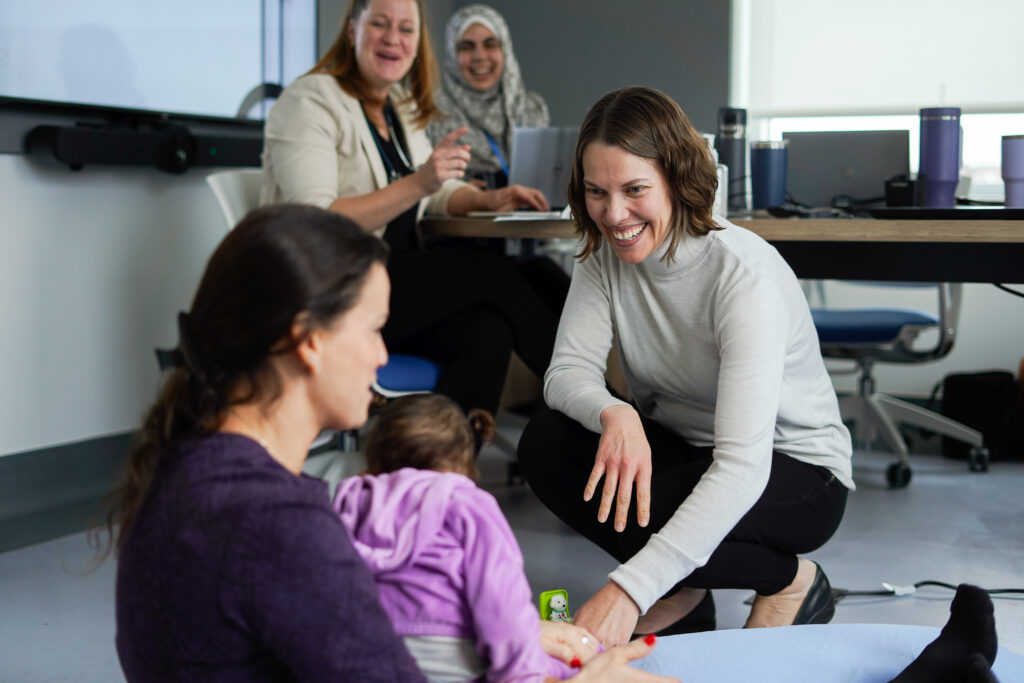
Attending clinics was better for Rhys and his caregivers since they only needed to travel 15-20 minutes from home. Rhys also developed white-coat syndrome because of the trauma brought by frequent and painful hospital visits. Grandview Kids, on the other hand, a facility where Rhys received therapy and attended school, was a familiar place full of positive memories. CC clinic days brought peace of mind and happier trips, which led to less stress, enabling Becky to be a more present parent and caregiver.
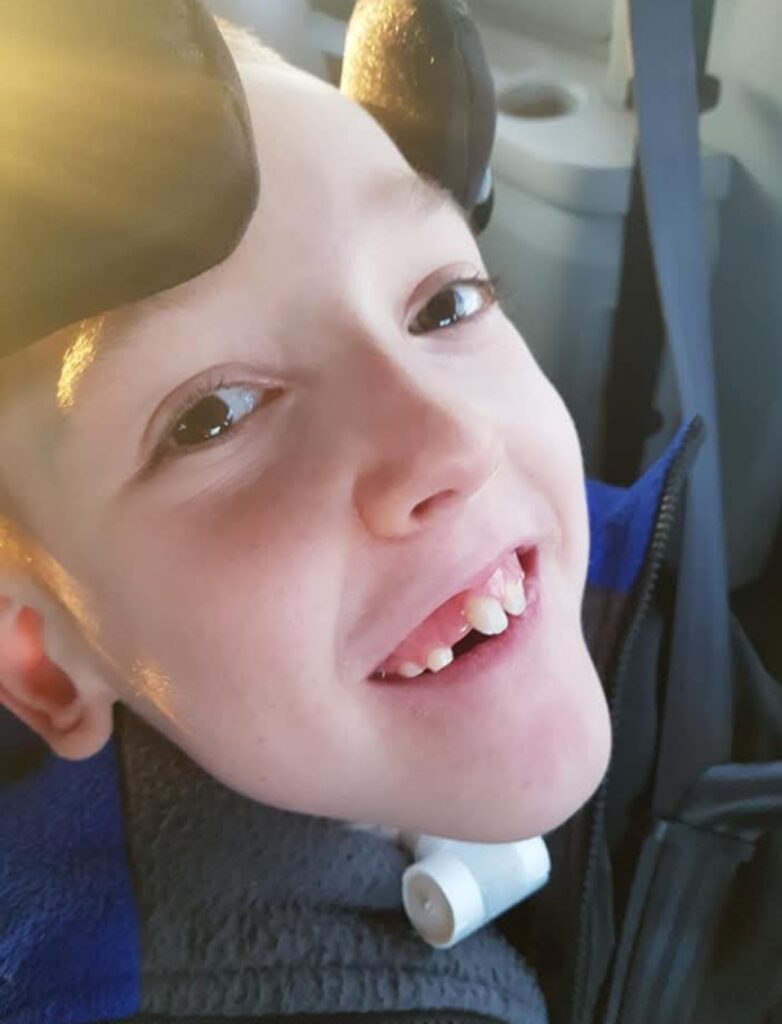
Becky acknowledges the real threat of being on the precipice of caregiver burnout. “You must become that advocate early on, but you don’t know enough. You need to do your research, but when you go on the Internet, you find mixed information and navigating through everything is difficult,” Becky shares. She attributes a large part of Rhys’ success to the connection to the CC team. Their assistance in working through complicated choices to make informed decisions made their lives easier. Continuity of care was a top priority throughout the journey, even leading to and after graduation. Becky felt she could reach out to the team, knowing peer-to-peer support was present, and that an answer to a question or referral would be made if necessary. The team was “available, resourceful, friendly and truthful” over the years, making the transition from paediatric healthcare to adult healthcare less daunting.
Want to learn more about the Complex Care Program?
Click here to view the dedicated program page.
